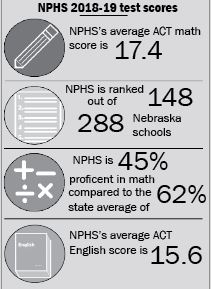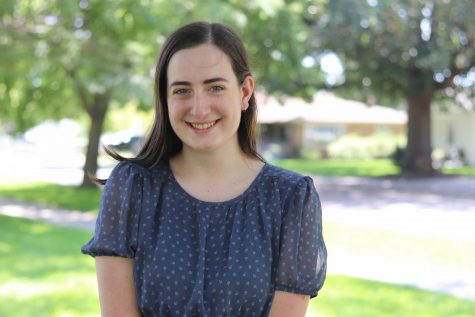Mathematic Madness:
January 25, 2019
Math. An already difficult class for many, where frequent one-on-one questions are sometimes required for a student to learn the material. But what happens when a stressed, overworked teacher has more students than desks.
Many math classes at North Platte High School have over 30 students per teacher, the highest with 34. This all started when former teachers William Brockelman and Jennifer Davis left at the end of last year. Though NPHS gained a new teacher in their places, the loss of Jamie Patch at the end of last semester added more stress to an already tense situation. “There’s fewer people going into education, English and math teachers especially,” said principal Scott Siegel, “It’s a statewide issue.”
Everyday, most teachers are given a planning period to take time away from students to grade papers, write lessons, communicate with parents, and prepare for their upcoming classes. But with the rising amount of students in a class, teachers Sasha Welch, Kyle Milton, and David Cooper have lost theirs.
Though Welch’s plan period was taken away, she feels better about it than you would think. Instead of being angry, she’s glad she gets to ensure that students get to be in a math class. She feels that even if it’s hard to get to every kid, she tries her best to answer students questions, and is always available before and after school. “Obviously, the more students you have in a class, the harder it is to get to everyone everyday, but I make a point to try to talk to everyone,” said Welch.
Welch sees this problem as a “perfect storm” where multiple difficult circumstances all came together at the wrong time. Regardless of her growing class size over the past few years, she wouldn’t want a smaller class because she would be turning away students who need and want to take the course. “I am not going to deny a student taking a class.”
So far, the district hasn’t been able to find replacements but are constantly in search of new help. According to Siegel, there hasn’t been any significant change in student success in math, and he isn’t anticipating a change either. “We’d have to look at our summative tests and our ACT data,” says Siegel. “There’s different studies that say class size matters and there’s studies that say class size doesn’t matter.”



